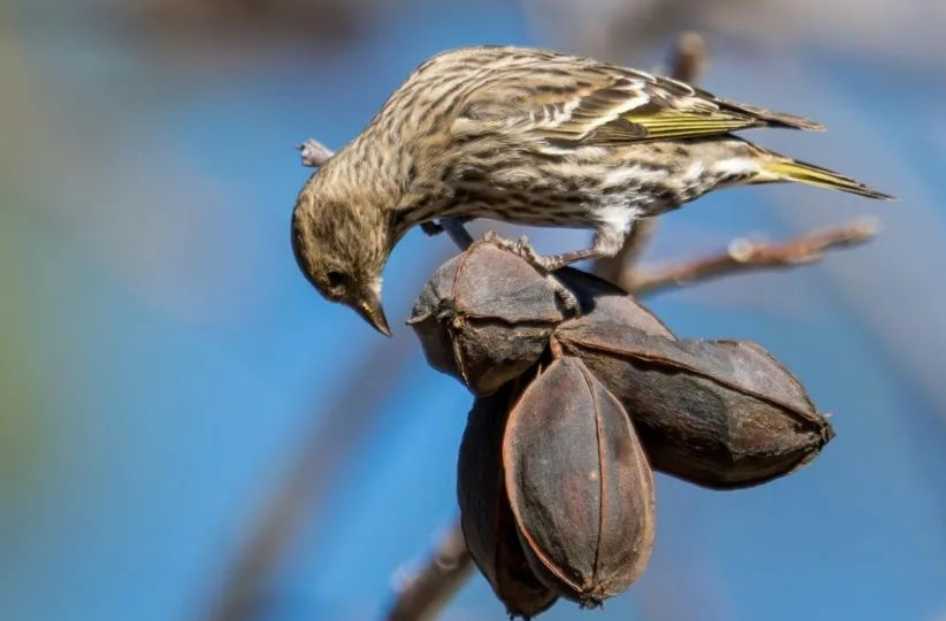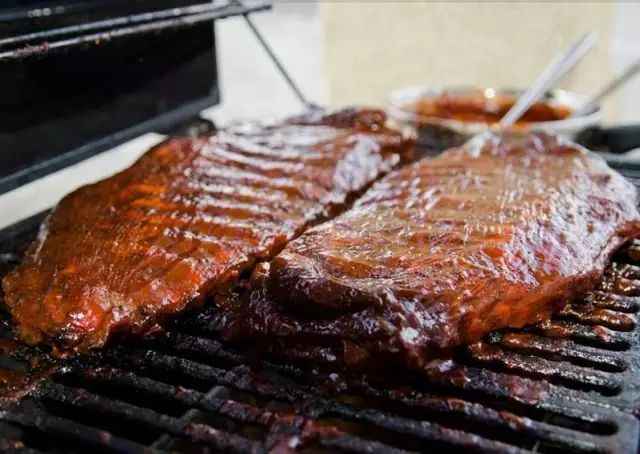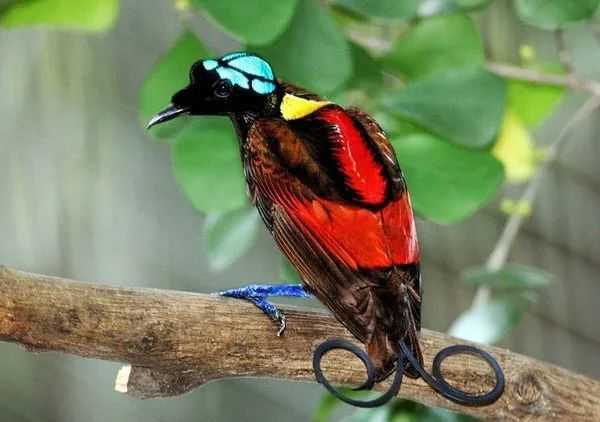These highly migratory birds travel long distances in search of food, often appearing in large, nomadic flocks. They are especially fond of feeding on the seeds of pine, spruce, and alder trees, but also consume insects and berries, particularly during the breeding season. In spring, male pine siskins perform elaborate aerial displays and sing complex, trilling songs to attract mates. Females then build cup - shaped nests lined with soft materials, typically hidden among the branches of evergreen trees.
Despite their wide distribution, pine siskins face growing threats. Climate change disrupts the availability of their food sources by altering the timing of cone production and insect emergence. Additionally, habitat loss due to deforestation and urban development reduces suitable nesting and foraging areas. Conservationists are working to protect forest ecosystems and raise awareness about the importance of these small but vital birds in maintaining biodiversity.










